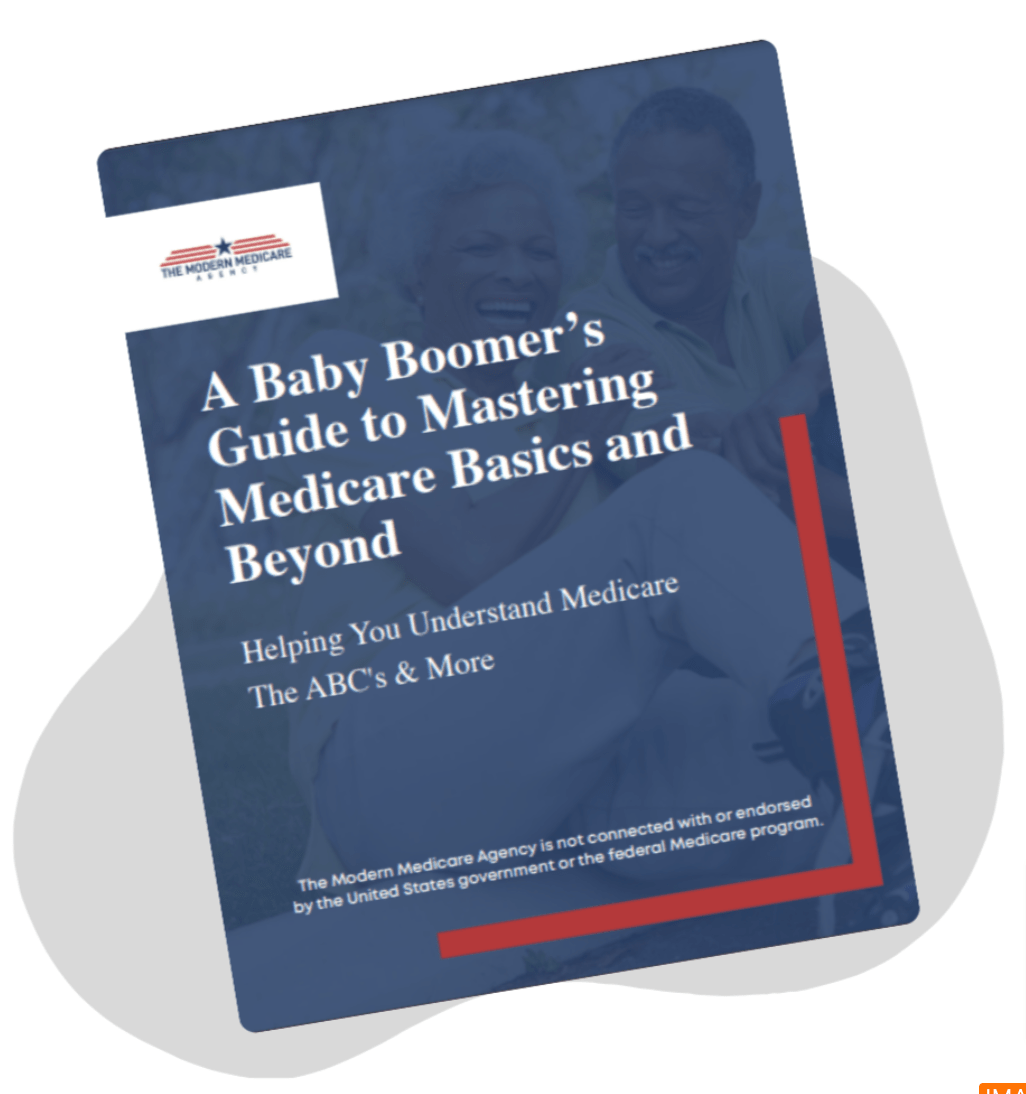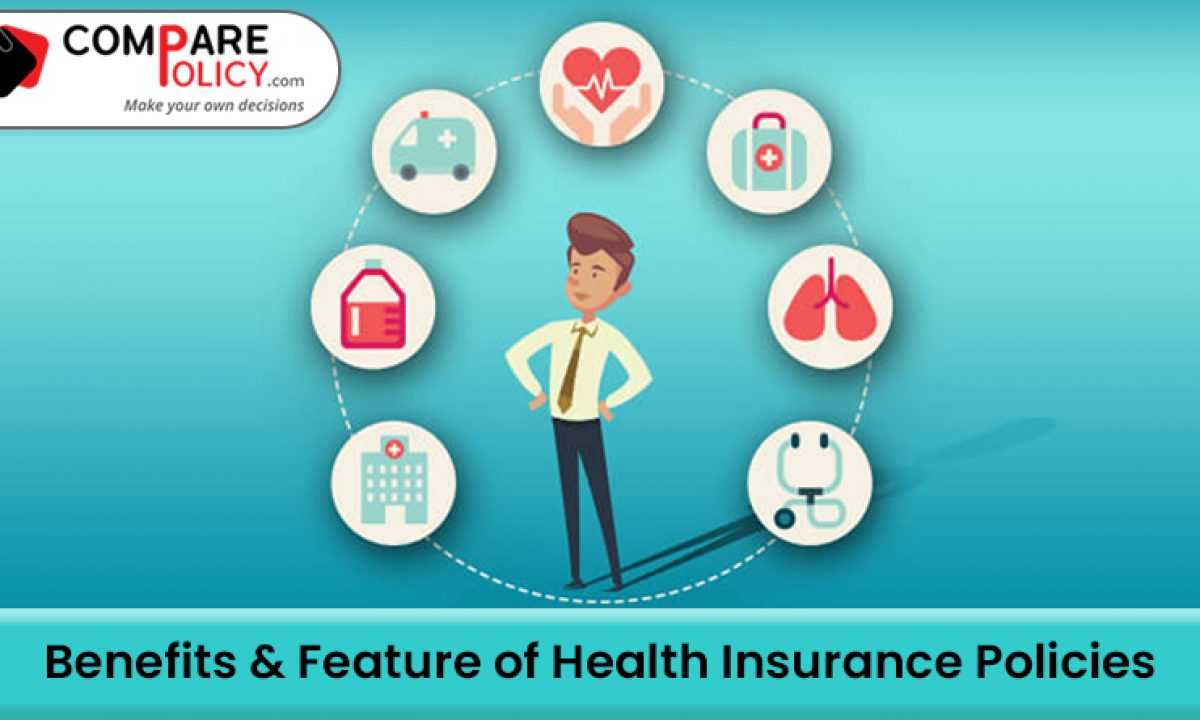The 20-Second Trick For Medicare Advantage Agent
The 20-Second Trick For Medicare Advantage Agent
Blog Article
Medicare Advantage Agent Fundamentals Explained
Table of ContentsSome Known Questions About Medicare Advantage Agent.Not known Facts About Medicare Advantage AgentMedicare Advantage Agent Can Be Fun For Anyone


follows from complies with the relatively young age profile of account uninsured with without insurance better healthFar better health and wellness average, standard younger personsMore youthful For those without access to workplace wellness insurance policy, poor health and wellness is a prospective obstacle to acquiring nongroup coverage since such protection might be very priced, omit preexisting problems, or be merely not available. Unless otherwise kept in mind, nationwide quotes of people without wellness insurance and percentages of the populace with various kinds of insurance coverage are based on the CPS, the most widely used resource of price quotes of insurance protection and uninsurance prices.

Getting The Medicare Advantage Agent To Work
Over a three-year duration starting early in 1993, 72 million individuals, 29 percent of the united state populace, lacked protection for a minimum of one month. Within a solitary year(1994), 53 million people experienced at least a month without insurance coverage(Bennefield, 1998a). 6 out of every 10 without insurance adults are themselves employed. Although functioning does improve the possibility that one and one's family participants will certainly have insurance coverage, it is not an assurance. Also members of households with 2 full-time wage income earners have virtually a one-in-ten possibility of being uninsured (9.1 percent without insurance rate)(Hoffman and Pohl, 2000 ). The relationship in between medical insurance and access to care is well developed, as documented later in this phase. Although the partnership between medical insurance and health and wellness end results is neither direct nor straightforward, a comprehensive medical and health and wellness solutions research study literature web links medical insurance protection
to improved access to care, far better quality, and boosted individual and populace wellness status. The 2nd report, on personal health and wellness results for without insurance adults, is stood for by the innermost circle of the number, while the 3rd record, on family members health, incorporates the topics of the 2nd report but emphasizes a various unit of evaluation, particularly, the family. The sixth report in the collection will provide details regarding methods and efforts undertaken locally, statewide, or across the country to resolve the lack of insurance and its adverse influences. Degrees of evaluation for analyzing the impacts of uninsurance. This conversation of wellness insurance protection focuses mainly on the U.S. population under age 65 because basically all Americans 65 and older have Medicare or other public protection.
Furthermore, it concentrates especially on those without any type of medical insurance for any type of length of time. The problems encountered by the underinsured remain in some areas similar to those dealt with by the uninsured, although they are generally less extreme. Uninsurance and underinsurance, nevertheless, entail clearly various policy issues, and the strategies for addressing them may vary. Throughout this study and the 5 reports to follow, the primary focus is on persons without wellness insurance policy and thus no aid in paying for healthcare beyond what is available via charity and safety web establishments. Medical insurance is like it a powerful element influencing receipt of treatment because both people and physicians react to the out-of-pocket cost of services. Health and wellness insurance policy, nonetheless, is neither necessary nor adequate to access to clinical solutions. The independent and direct effect of health and wellness
insurance insurance policy on access accessibility health wellness is well established. Others will certainly obtain the health and wellness care they require even without medical insurance, by spending for it out of pocket or seeking it from carriers who use treatment free or at highly subsidized rates. For still others, medical insurance alone does not make sure receipt of treatment since of various other nonfinancial obstacles, such as a lack of health care service providers in their neighborhood, limited accessibility to transport, illiteracy, or etymological and social distinctions. Official research concerning without insurance populaces in the USA dates to the late 1920s and early 1930s when the Committee on the Price of Treatment produced a collection of reports regarding financing doctor office gos to and hospitalizations. This concern became significant as the numbers of medically indigent climbed up throughout the Great Anxiety. Empirical researches consistently sustain the link between access to care and improved health results(Bindman et al., 1995; Starfield, 1995 ). Having a normal source of treatment can be considered a predictor of gain access to, instead of a direct measure of it, when health results are themselves utilized as accessibility indications. This extension of the notion of accessibility dimension was made by the IOM Board on Keeping Track Of Access to Personal read this post here Healthcare Provider(Millman, 1993, p. Whether or not parents are insured appears to affect whether their youngsters get treatment in addition to how much careeven if the kids themselves have protection(Hanson, 1998). The health and wellness of parents can impact their capacity to take care of their youngsters and the degree of household anxiety. Bothering with their children's access to care is itself a source of stress for moms and dads. 3 chapters adhere to in this record. Phase 2 provides a summary of just how employment-based health insurance policy, public programs and individual insurance plan operate and communicate to give considerable however insufficient insurance coverage of the U.S. populace. This includes an evaluation of historic patterns and public plans influencing both public and personal insurance, a discussion of the interactions among the various sorts of insurance policy, and an assessment of why people relocate from one program to another or finish up

Report this page